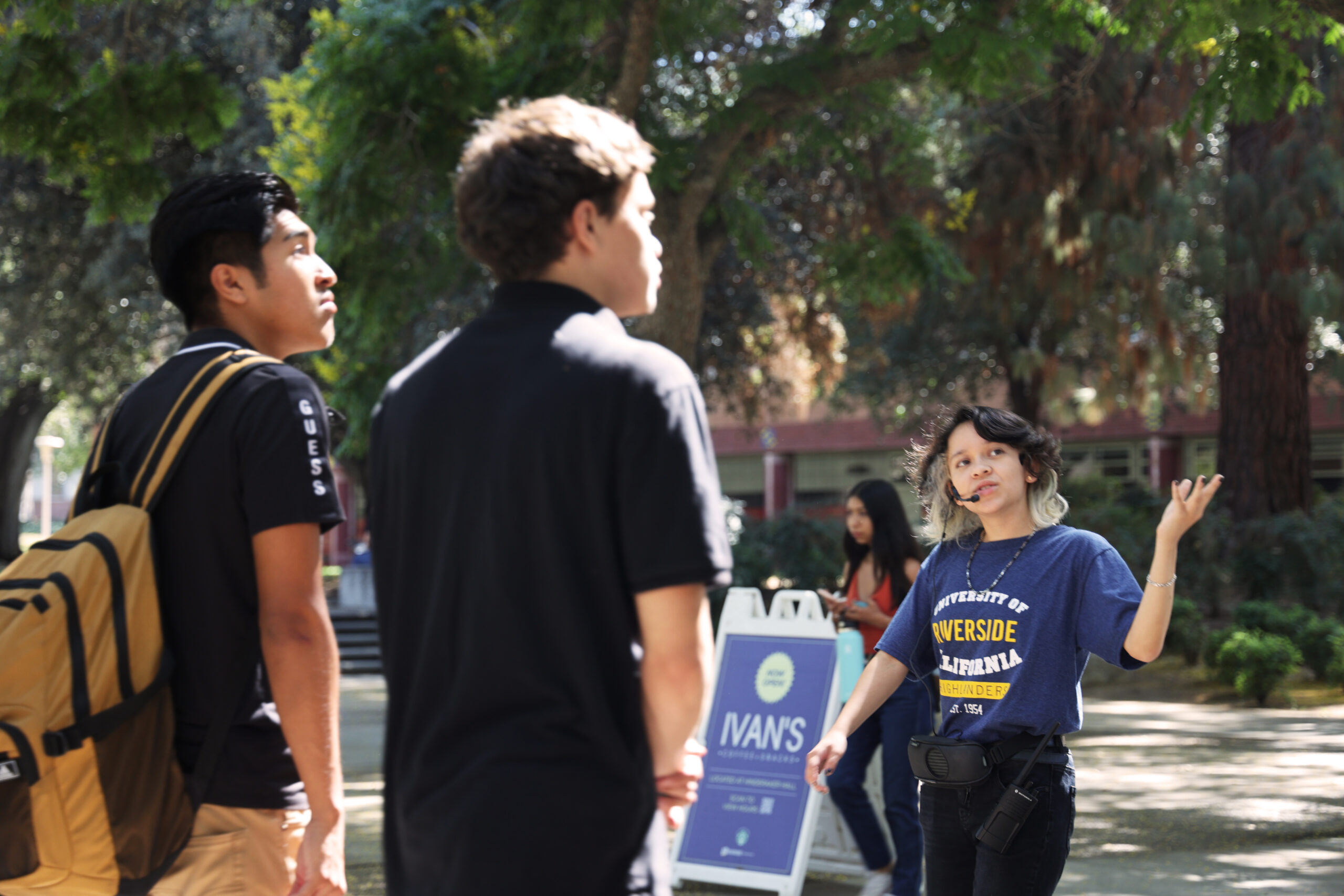
Academic workers at the University of California aren’t unique in feeling the pain of the housing market in the state. This is an issue that any renter, unhoused person or first time buyer knows all about. Where we are unique is that many of us get our housing from the same institution that pays us. This means that the University of California knows what they charge and knows how much they are distributing in salaries. So it may come as a surprise to people outside of academia that the institution is charging so much for its own housing options that its researchers and instructors can’t afford to live without finding other ways to supplement their income.
Like other underpaid workers who struggle to make ends meet, academic workers get creative. Take my case. I’m a first year Environmental Science PhD at University of California, Riverside. I focus on carbon capture to mitigate climate change and I’m deeply committed to this work. Our passion for our work is something that higher education institutions too often use to take advantage of academic workers by refusing to do things as simple as cost of living pay increases. The philosophy seems to be that we’re just young people paying our dues, even if we’re in our late twenties, thirties or forties and have dependents to take care of. Even if we’re selling our blood plasma to pay the bills every month, which is what I do.
I would much rather spend my time working towards my research goals, but after doing some household math, selling my plasma to supplement my income seemed necessary. The University of California pays me $2,300 per month, and takes back $1,375 as rent for my UC-owned apartment. That’s 59% of my salary. While I was hoping UC housing would be more affordable, it ended up being roughly the same as my previous rent off campus. After rent and taxes, I have $400 each month for all other expenses including food, health care, internet, phone, insurance, car payments etc. So about a month after getting here, I tried to figure out how I could supplement my income without interrupting my research and landed on selling blood plasma.
Twice a week, I catch a bus and ride about 45 minutes to the plasma center. The process is similar to blood donation, uncomfortable but not horribly painful, and takes about three hours at a time. I have to be on top of my health and make sure I supplement with vitamins and keep an active lifestyle. I can sell my plasma up to 104 times a year and I’ll need to do so to make it through this year of work. I’m not sure what I will do if I start to experience health effects like massive energy drains.
I’m not alone – I know so many people right now who are struggling to make ends meet. But I believe this situation can change. My union, UAW, has been bargaining for new union contracts which we hope will guarantee compensation that matches the cost of living. Instead of negotiating in good faith on these issues, the University of California has been breaking a myriad of labor laws. Our union has had to file over 25 charges with the California Public Employment Relations Board against UC to compel them to follow the law. To give a sense of how big this problem is, over 36,000 academic workers across the state just voted to strike. No one wants it to come to that, but as researchers and teachers, we know not every teachable moment happens in a classroom. We want the next generation to be more supported than we currently are and are willing to fight and sacrifice for that.
For me, my greatest hope is that some of our issues are addressed. If they aren’t, it’s likely I’ll have to continue selling my blood plasma for the duration of my PhD. If the University of California is able to come to the table and bargain in good faith, I can be a better employee, researcher, teacher and colleague, by devoting more time to my work, rather than spending my time selling my blood.








